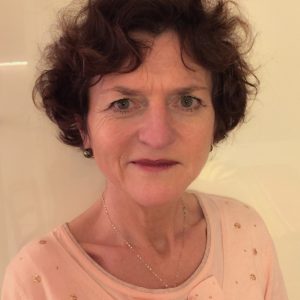SOE 2019 KEY NOTE Lecture update Beatrice Cochener
“From Premium to EDOF IOLs: Race for Progress”
The introduction of the word “Premium” in the language of implants was born directly from marketing by bringing together all the so-called “advanced optics” implants, which raises the question of an additional cost linked to the addition of new properties on a so-called conventional monofocal optics. Three levels of properties can be described: toricity, which is addressed in a presentation dedicated to the correction of astigmatism, asphericity, which is truly dependent at this time on the manufacturer and is imposed on an implant in the form of induction of negative spherical aberrations or no induced aberration. There is not yet the possibility of achieving the ideal of asphericity calculated on each patient from the measurement of his corneal asphericity. In the end, it is the 3rd category of optics, represented by the group of implants designed to correct presbyopia, which strictly speaking wins the “Premiums” label. This group has experienced an explosion over the past decade with the emergence of concepts that can compensate for loss of accommodation. The race for progress has focused on two priority objectives: to offer eyeglass independence by restoring effective vision at all distances while optimally respecting the quality of vision, particularly in terms of contrast vision and night driving. Thus, refractive multifocal implants have been designed, with little dependence on the pupil but sometimes insufficient in near vision, leading to the introduction of sectoral asphericity bypassing this limit. However, the big winners at this time are the diffractive models, initially bifocal with variable additions, then trifocal adding intermediate vision gain to both elementary distances at far and near. More recently, a new family has emerged called “EDOF” for “Extended Depth of Focus” which are based on various mechanisms, but all aim at a compromise between monofocal optics, transmitting 100% of the light to the retina, and multifocal optics leading to an inevitable loss of light. In other words, these implants would allow the maintenance of optimized distance vision and would allow useful proximity vision, sufficient for less wear of corrective lenses. Unfortunately, we will still not be able to open the chapter on accommodative implants, which ideally would be able to restore accommodation, but whose various systems so far imagined have not achieved sufficient effectiveness. In all cases, the key factor for success is careful selection and comprehensive information of patients. Particular emphasis will be placed on this aspect as a guide for the organization chart of indications.
Click here for a full biography for Beatrice Cochener
For all SOE 2019 Congress details go to https://soe2019.soevision.org/
REGISTRATION AND ABSTRACT SUBMISSION OPEN NOW

